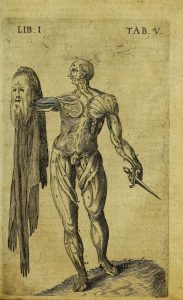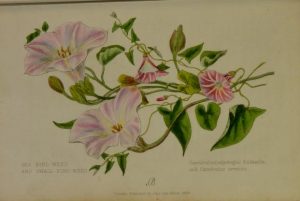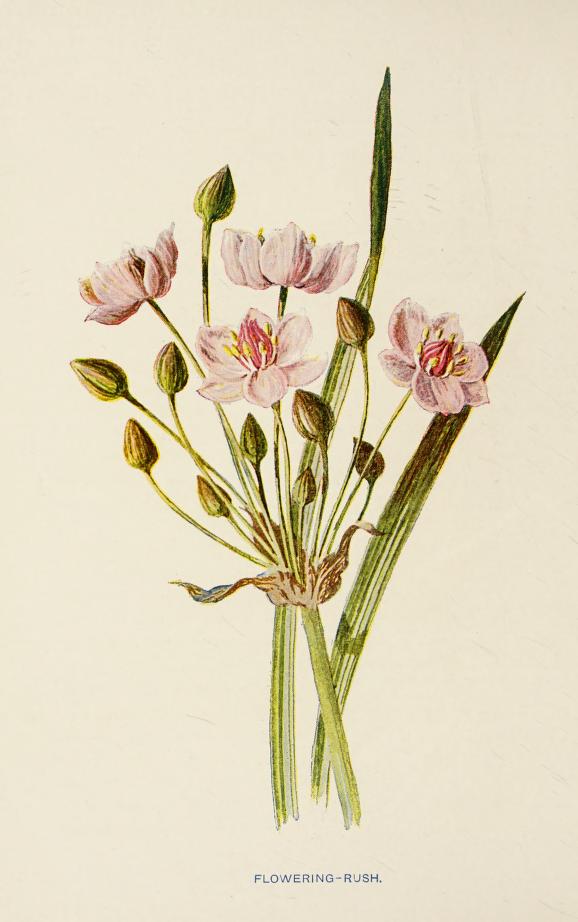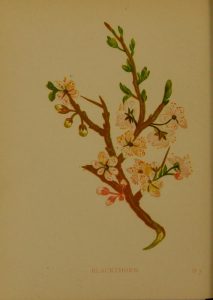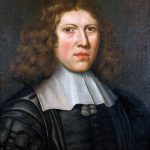The Historical Medical Library of the College of Physicians of Philadelphia has launched a new exhibit on the history of radiation medicine in the United States.
In the final years of the nineteenth century, researchers in physics and chemistry discovered new forms of energy, starting with x-rays in 1895. In 1896, Henri Becquerel discovered that uranium naturally emitted an invisible, previously-unknown form of energy. Following up on Becquerel’s work, the husband-and-wife team of Pierre and Marie Sklodowska Curie discovered that uranium ore contained two new elements—”polonium” and “radium”—that constantly radiated tremendous amounts of energy. The Curies came up with a new word for these emissions: “radioactivity,” Along with x-rays, this new form of energy came to be known as “ionizing radiation,” and it would forever alter the world of medicine.
The exhibit was created by Jeffrey Womack and Tristan Dahn and includes sections on the Curies, Robert Abbe, and the use of radiation in medicine.
~This post is courtesy Beth Lander, College Librarian, Historical Medical Library, The College of Physicians of Philadelphia






